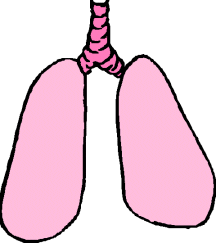| [Note: if you have not officially enrolled in this course and want to get CEU credit, please enroll here: http://www.ceu.org/enroll.html. Without this enrollment, the credits cannot be sent to your state board for licensure.] |
||
| Introduction | ||
| Lung expansion therapy includes a variety of respiratory care modalities designed to increase patient's lung volume. Historically, intermittent positive pressure breathing, or IPPB, was used extensively for this purpose. Alternative lung expansion therapies including incentive spirometry, continuous positive airway pressure (CPAP) and positive expiratory pressure (PEP) have taken the place of IPPB as front line modalities for increasing patient's lung volume capacity. |  |
Ongoing research on these methods continues to demonstrate mixed results.
Clearly, some patients benefit, while others don't. Current evidence suggests
that benefits should be expected only when patients are carefully selected
and the approach chosen is administered and closely monitored by a skilled
clinician.
In this context, the respiratory care practitioner (RCP) plays a vital
role. In consultation with the prescribing physician, the RCP should assist
in identifying those patients most likely to benefit from lung expansion
therapy, recommend and initiate the appropriate therapeutic approach,
monitor the patient's response, and alter the treatment regimen according
to individual need.